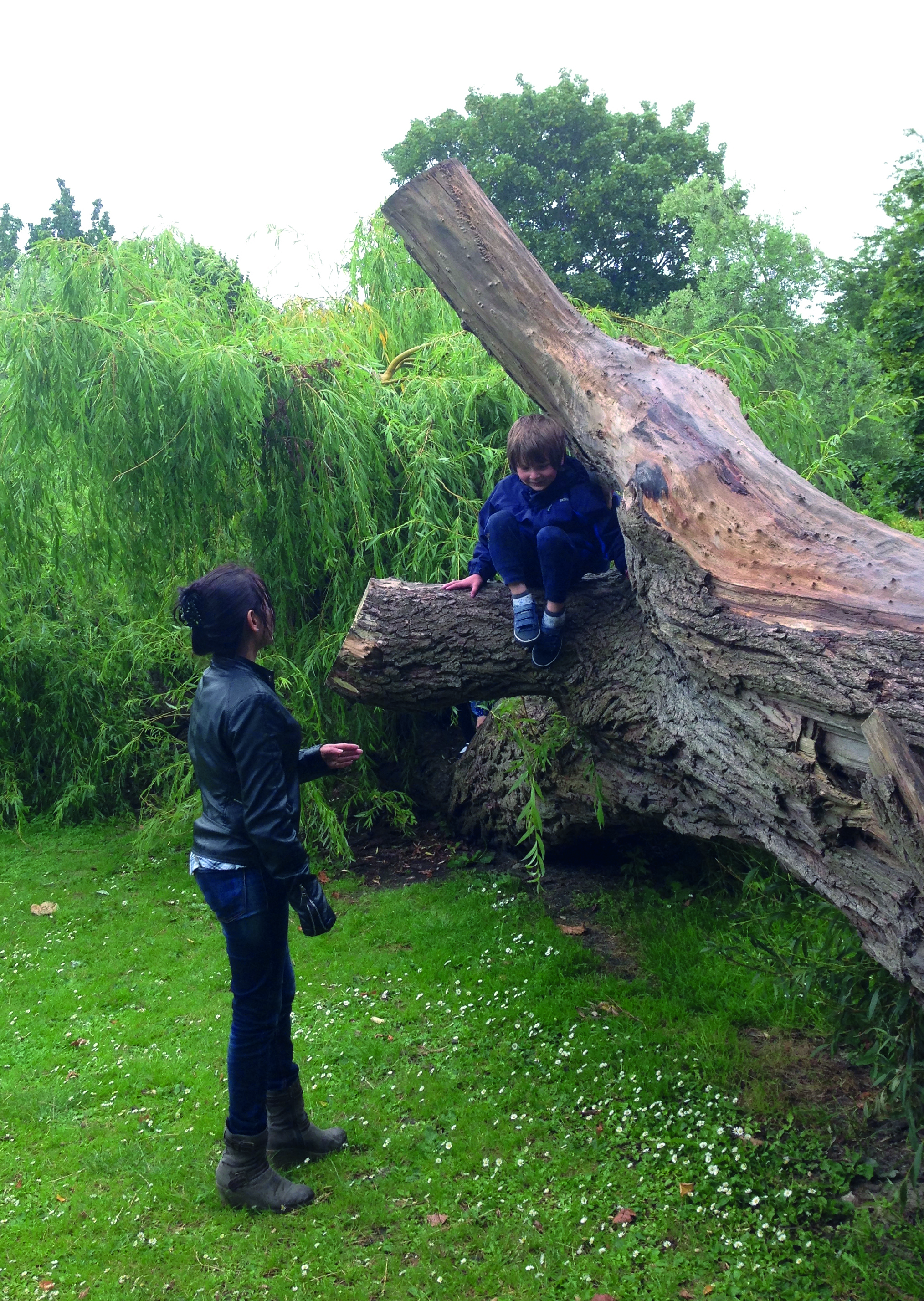
Whether yours is a packaway or a permanently located setting, getting out and about beyond your own garden is really valuable. It’s worth it for the new sights, sounds and opportunities to connect with everyday life in your locality.

1. BE TOURISTS
Start by taking a tour of the streets closest to your setting, imagining you are tourists from a different part of the world. Encourage children to describe what they see, seeking words that will describe the features and spaces they spot and speculating about the activities that might happen in each location.
Choose a couple of places to stop and admire the view and take photographs. Back in the setting, print the photos out postcard sized for each child to ‘mark’ with their story. Why not post them home, or to children’s families further afield?
Register now to continue reading
Thank you for visiting Nursery World and making use of our archive of more than 35,000 expert features, subject guides, case studies and policy updates. Why not register today and enjoy the following great benefits:
What's included
-
Free access to 4 subscriber-only articles per month
-
Unlimited access to news and opinion
-
Email newsletter providing activity ideas, best practice and breaking news
Already have an account? Sign in here
